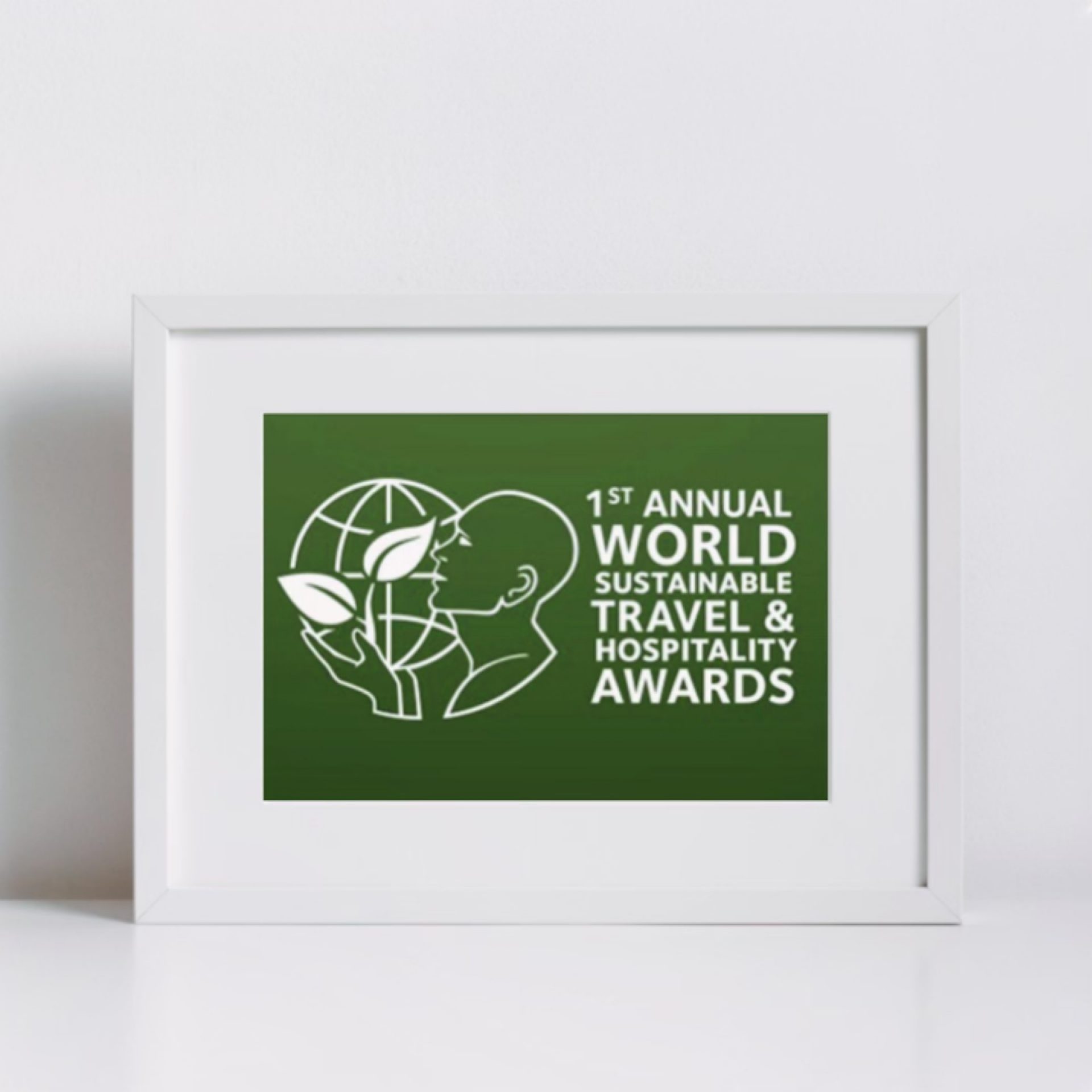
Vietnam’s tourism industry, a trove of hidden beauty and potential, urgently requires more methodical marketing strategies to fully realize its promise.
(VIR) In the first four months of this year, Vietnam’s tourism sector impressively hosted over 6.2 million international visitors and 40.5 million domestic tourists, generating nearly $10.7 billion in revenue, as reported by the Vietnam National Authority of Tourism (VNAT). This represents a significant 68.3% increase in international visitors compared to the same period in 2023. South Korea continues to be the top source of foreign tourists, followed by China, Taiwan, the U.S., and Japan.
Internationally, Vietnam is celebrated as a prime destination. The UK’s Independent recently acclaimed it as the most coveted destination in Southeast Asia, attributing its appeal to Vietnam’s diverse natural landscapes, rich history, cultural heritage, and unique local cuisines. Additionally, Traveldudes highlights Vietnam as an ideal spot for adventure enthusiasts, especially for scuba diving, given its extensive coastline and vibrant underwater landscapes.
However, despite these accolades and the evident allure, Vietnam’s tourism sector struggles with strategic brand marketing. Currently lacking a cohesive national brand strategy, the country’s tourism brand positioning is vague, and marketing efforts are scattered, lacking focus on specific target audiences and a clear understanding of their preferences.
Minister of Culture, Sports, and Tourism, Nguyen Van Hung, expressed concern over international arrivals not meeting expectations, partly due to slow recovery in traditional key markets post-pandemic and challenges in tapping into new potential markets. Additionally, resumption of international flights has been sluggish.
Dr. Pham Ha, founder of LuxGroup (www.luxgroup.vn), emphasizes the urgent need to overhaul the national tourism brand’s marketing strategies. He advocates for a targeted approach, identifying and communicating a unified and consistent message tailored to specific tourist demographics. Leveraging digital platforms such as Facebook, TikTok, and Instagram is crucial in this era of digital transformation, allowing for personalized, flexible content delivery to various customer segments.
Notably, the power of social networks and public figures in promoting tourism is evident. South Korean model and actor Jung Il Woo’s culinary adventures in Vietnam, shared with his millions of followers on Instagram, exemplify this strategy’s effectiveness. Similarly, the frequent visits by Korean celebrities to Khanh Hoa have boosted the region’s popularity among Korean tourists, evidenced by significant increases in visitor numbers.
In conclusion, adopting these strategic measures will not only streamline Vietnam’s tourism marketing but also enhance its international appeal and competitiveness.



